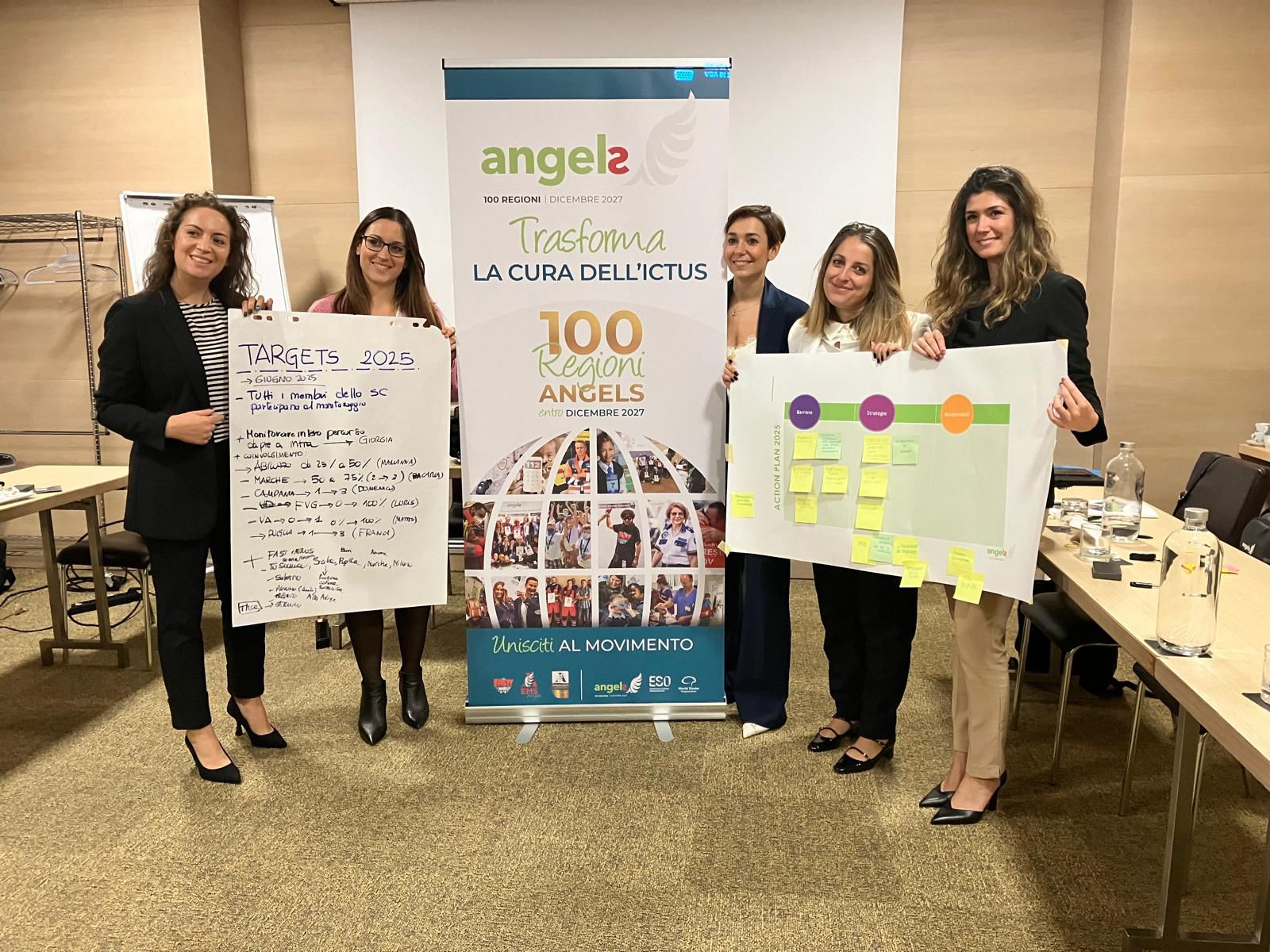I was recently approached by a young doctor from Lithuania at a conference for Emergency physicians. He was doing a talk the next morning and was super excited that someone from Angels was there. To our surprise most of his talk was actually about how he used various Angels tools to help improve the stroke care in his hospital.

His story was that he recently qualified and soon after he arrived at his new hospital was tasked by his boss to look into their stroke protocols. Apparently some national data showed recently that the stroke mortality rates in his region was amongst the highest in the country.
He started looking around, studied various guidelines and tried to find ways to find the problem. This was when he accidentally stumbled upon the Angels Initiative website. In his presentation, he said he could not believe that everything he needed was there in one place!
Through the rest of his allotted time, he presented how he used our various tools to solve the specific problems they had. He explained for example how he used the 12 Weeks to Helsinki Challenge to monitor and drastically improve their door-to- treatment times. When he was happy with the progress made in the hospital, he started reaching out to the community. For this, he also found help from Angels as he introduced the FAST Heroes campaign to the local government and other social organizations who will help him educate the population in the region.
What struck me about his story is the way in which he viewed Angels as a place where whatever problem you may face, you will find a solution. If your problem is that very few patients arrive on time, perhaps you can consider rolling out the FAST Heroes campaign in schools in your region.
If you are wondering how to reach out to your EMS colleagues, we now offer various online training solutions and most recently launched the Advanced Stroke Life Support course. If you are working in a rural hospital and need your team to improve their confidence in reading CT scans we offer the WOW training tool. Nurses have e-learnings and projects such as QASC Europe that they can benefit from. The list is endless.
We also recently introduced our very own mapping technology that regional or country leaders can use to help plan the geographical coverage of stroke ready hospital in their country or region. The tool maps all stroke hospitals we know of and can then show what the coverage is of each hospital based on a 45-minute driving radius. We do not want patients to have to drive more than 45 minutes and this tool will help determine areas of need.
Like the young doctor, we hope the community stories on our website will inspire you to make use of the tools we offer to improve outcomes for your patients.




